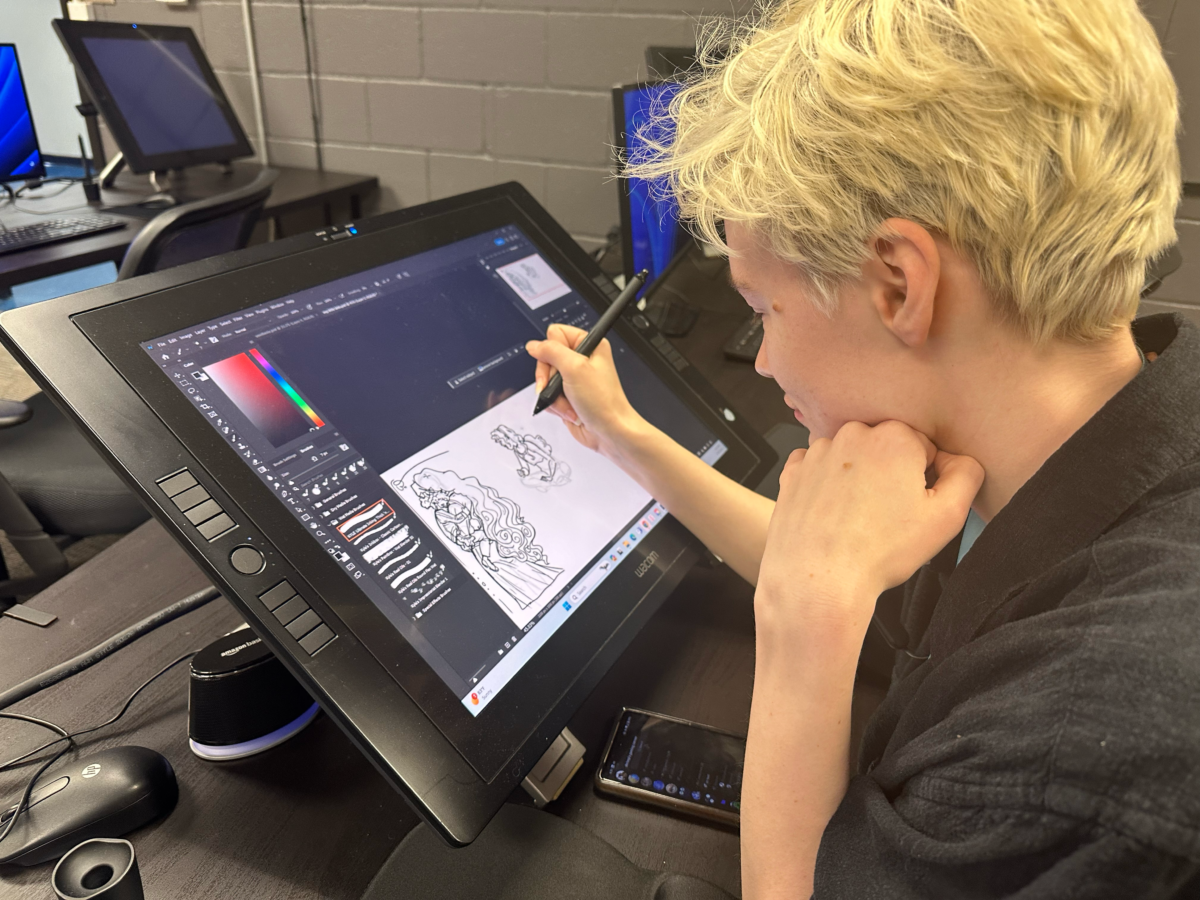Luminaries from feature films, television and popular music are increasingly taking on producer credits in theatrical ventures, bringing a major infusion of celebrity to Broadway. Their efforts also serve to open doors to talents and themes to which the stage hasn’t always played host.
Whether it be Taraji P. Henson lending her name and energies to “Jaja’s African Hair Braiding,” or Deborah Cox attaching her DECO Entertainment company to — and assuming a leading role in — next spring’s revival of “The Wiz,” screen and music stars are discovering what many have learned over the years: Broadway is a welcoming port in a storm, its arms always open wide.
Performers stepping up to produce or finance theater work is part of a time-honored tradition that dates at least back to Shakespeare and probably all the way to the Greeks. (“Oh, Achilles, you’re not really right for this part. On the other hand, if you were willing to invest in the production … ”)
Today, with capitalization routinely in the seven or eight figures, it’s a bigger ball game. Higher budgets, bigger stakes. This scenario often results in shows looking for well-known talent to join as producers to leverage their name and celebrity.
But an even more important contemporary change has to do with the stars’ motivation for this expansion of their careers. A performer’s decision to join a cadre of fellow producers emerges from a whole range of altruistic motives.
First and foremost is the desire, and every new producer mentions this, to bring to the stage stories that either have rarely been told or haven’t been told in quite a while. Henson says the appeal of “Jaja” was to put a spotlight on “African American stories that are new and fresh, written and directed by Black women.” Cox says she’s excited to build on the legacy of “The Wiz.” “To retell and reimagine this show is important to us at DECO,” she explains. “We believe that this show can resonate with a new audience and generation.”
Appealing to an audience is a significant goal for engaging these passionate performers. For renowned recording artist Cox, reviving the story of Dorothy and Oz “provides an escape from the bombardment of negativity to a place of joy and wonder for a couple of hours.”
For her part, Henson feels that spending a couple of enjoyable hours in Jaja’s shop amounts to “raising awareness of how diverse our stories are, as well as our hair. I also like raising awareness of the women who work and/or run these braiding shops.” In a nod to “Hidden Figures,” her hit 2016 movie, she notes, “They are hidden figures, who have real lives, hopes and dreams.”
Not every star-turned-producer is getting up on stage, but Cox feels that by playing Glinda, the Good Witch of the South, she can incarnate “a symbol of hope and belonging” — something, incidentally, that every cast and company member hopes their producer will turn out to be.
“The Wiz was the first show I did in school. I was the Scarecrow,” shares Cox, who has a deeply personal connection to the musical, which she believes “means something different to everyone. But at its core is fun and laughter.”
One more motivation underlies the urge to produce on Broadway, this one unexpected. Involvement in a live theatrical venture is helping to pick up the slack of time caused by the writers strikes and actors strike (both now settled) and support the entertainment industry during one of its most trying times.
As with any name that appears in a show’s long list of producers, it’s impossible to determine the nature and extent of any one person’s involvement or contribution. Surely, some have supplied more funding than others. Some will assert more direct creative input than others. The chain of command, and lines of communication, will be different from project to project.
But where a well-known performer can have the biggest impact, most would agree, is in acting as the “face” of a production, attracting interest and spreading the word, all in aid of elevating the profile of their show in an increasingly competitive landscape for entertainment.
The classic instance often cited is the boost the original “The Color Purple” received from celebrities touting the show and attracting new audiences who’d never been in the habit of attending live theater. Those efforts remain in the collective memory, contributing to a smash revival years later, not to mention the new movie version scheduled for this winter.
“It’s exciting to see so many performers from film, television and music continue to support theater, both on stage as actors and as producers,” says Erik Piecuch, senior vice president of City National Bank’s Theater Banking team. “Like our clients, we are passionate about Broadway and work hard behind the scenes to help creative teams get their projects up and running.”
Often referred to as the “bank to the stars,” City National is well-known throughout the entertainment industry for understanding unique client needs and providing personalized, high-touch services. It provides banking services for more than 75% of the shows on Broadway.
The occasional Broadway insider may sneer, “[So-and-so] calls herself a producer, but she’s just angling for an EGOT” — the T being the perennially most difficult leg of the Emmy-Grammy-Oscar-Tony quadfecta.
But talking to the stars, who are pitching in on behalf of cherished personal theater projects, reveals a strong streak of sincerity, and no evident desire to be self-serving. Most of them revere the medium. Now in a position to give back, they’re genuinely committed to making a real contribution to it, affirming that their contributions as Broadway producers are some of the most satisfying of their careers.
City National Bank Member FDIC. City National Bank is a subsidiary of Royal Bank of Canada.




